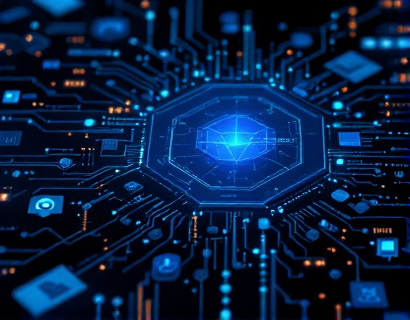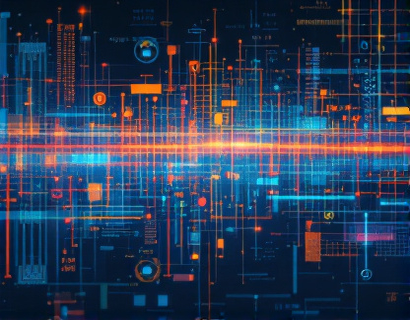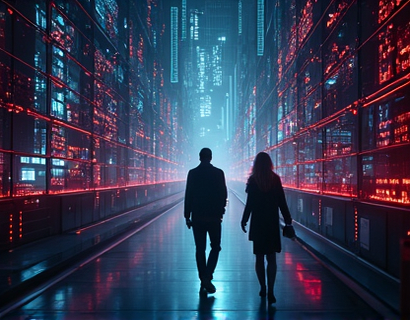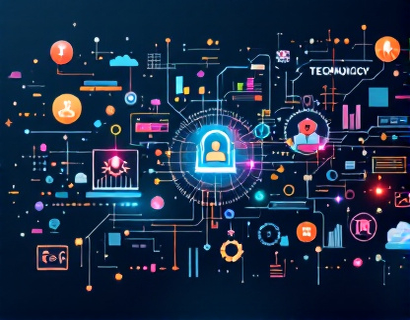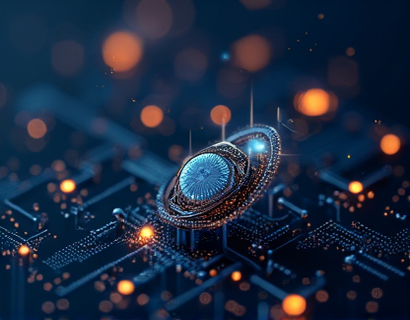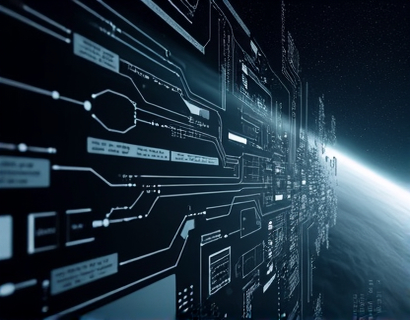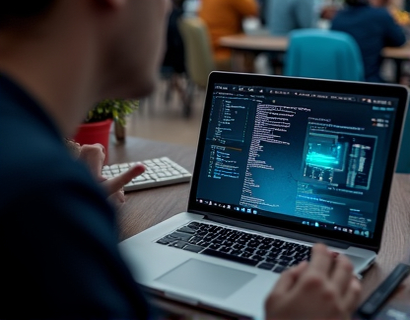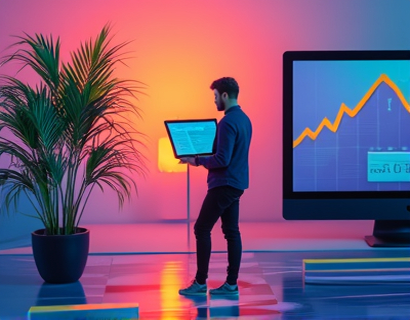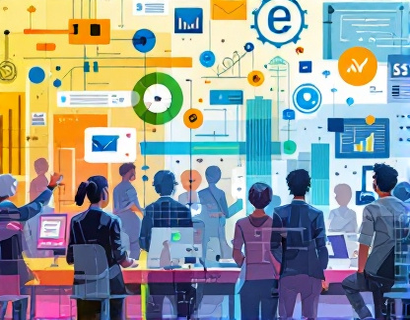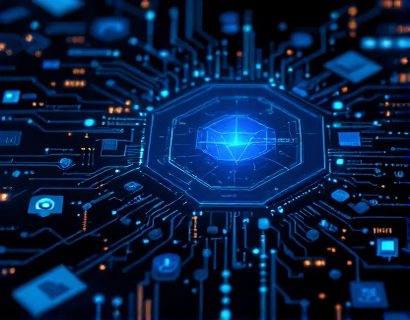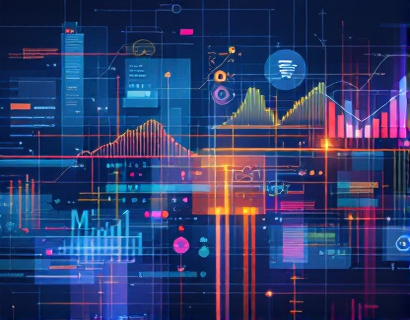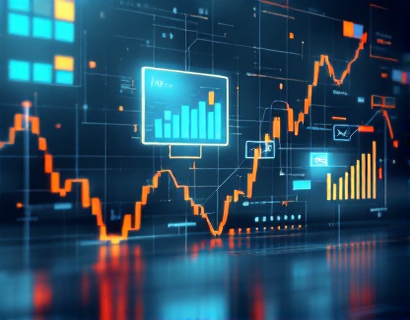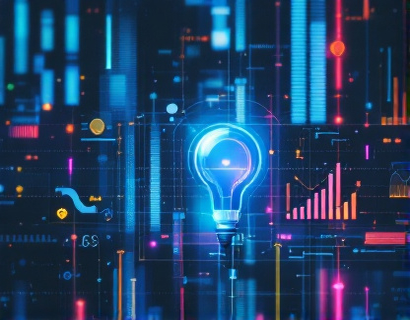Decentralized Productivity: Maximizing Efficiency and Innovation with AI and Crypto Integration
The integration of artificial intelligence (AI) and cryptocurrency is revolutionizing the way we approach productivity and digital collaboration. This fusion creates a new paradigm where decentralized tools powered by AI and blockchain technology are redefining efficiency and innovation. For tech innovators and early adopters, understanding and leveraging these advancements is crucial to staying ahead in the rapidly evolving digital landscape.
Decentralized productivity tools are built on blockchain technology, which ensures transparency, security, and immutability. These tools leverage smart contracts to automate and enforce agreements without the need for intermediaries, reducing costs and increasing trust among participants. When combined with AI, these tools become even more powerful, capable of learning from data, adapting to new inputs, and performing tasks that traditionally required human intervention.
The synergy between AI and decentralized systems enables the creation of advanced applications that enhance various aspects of productivity. For instance, AI-driven chatbots can manage customer inquiries and support tasks on decentralized platforms, providing 24/7 assistance without the need for a centralized server. This not only improves response times but also ensures consistent service quality.
One of the key benefits of decentralized productivity tools is their ability to foster collaboration across borders and organizations. Blockchain-based platforms allow multiple parties to work together on a shared ledger, ensuring that all actions are transparent and verifiable. AI enhances this by analyzing data from various sources to provide insights and recommendations, facilitating better decision-making and more efficient workflows.
Decentralized autonomous organizations (DAOs) are a prime example of how AI and cryptocurrency can transform productivity. DAOs use smart contracts to govern decision-making processes, allowing members to propose, vote on, and execute changes collectively. AI can optimize these processes by analyzing voting patterns, predicting outcomes, and suggesting improvements, thereby enhancing the overall efficiency of the organization.
In the realm of content creation and management, AI-powered tools can generate, edit, and optimize content for decentralized platforms. These tools can analyze trends, audience preferences, and engagement metrics to produce high-quality content that resonates with users. Blockchain ensures that content creators are fairly compensated through tokenized rewards, creating a sustainable ecosystem for content production.
Another area where AI and decentralization intersect is in supply chain management. Decentralized platforms can track the movement of goods in real-time, using blockchain to ensure transparency and traceability. AI algorithms can predict demand, optimize inventory levels, and identify potential bottlenecks, reducing costs and improving efficiency throughout the supply chain.
The integration of AI with decentralized identity solutions is also transforming how users manage their digital identities. Blockchain-based identity systems provide users with control over their personal data, allowing them to share information selectively and securely. AI can enhance this by analyzing behavior patterns and detecting anomalies, adding an extra layer of security and reducing the risk of identity theft.
For businesses, the adoption of decentralized productivity tools can lead to significant cost savings and increased agility. By eliminating intermediaries and automating processes with AI, companies can streamline operations and focus on core competencies. The transparency provided by blockchain ensures accountability and trust, which are essential for building strong business relationships.
Moreover, the decentralized nature of these tools promotes innovation by allowing developers and users to contribute to the ecosystem. Open-source projects on blockchain platforms encourage collaboration and rapid development, leading to a continuous flow of new features and improvements. AI can further accelerate this process by identifying patterns, suggesting enhancements, and even automating parts of the development cycle.
In the context of remote work and global teams, decentralized productivity tools offer a robust solution. AI-driven communication tools can translate languages in real-time, break down cultural barriers, and ensure seamless collaboration. Blockchain ensures that all team members have access to the same version of documents and projects, reducing conflicts and increasing productivity.
The future of decentralized productivity is also shaped by the rise of decentralized finance (DeFi) and its integration with productivity tools. DeFi platforms provide access to financial services without traditional intermediaries, allowing for decentralized lending, borrowing, and trading. AI can optimize financial decisions, manage risks, and automate transactions, creating a more efficient and accessible financial ecosystem.
As the technology matures, we can expect to see more sophisticated applications of AI and blockchain in productivity tools. For instance, AI-powered virtual assistants integrated with decentralized platforms can manage schedules, book appointments, and handle logistics, all while ensuring data privacy and security.
For tech innovators and early adopters, embracing these decentralized and AI-driven tools is not just a trend but a strategic advantage. By leveraging the power of blockchain and AI, they can build more resilient, transparent, and efficient systems that drive innovation and growth. The potential for disruption is immense, and those who act early will be well-positioned to shape the future of digital productivity.
In conclusion, the fusion of AI and cryptocurrency is paving the way for a new era of decentralized productivity. By harnessing the strengths of both technologies, we can create tools that enhance collaboration, automate processes, and ensure transparency and security. As the landscape continues to evolve, staying informed and adaptable will be key to unlocking the full potential of these transformative technologies.







